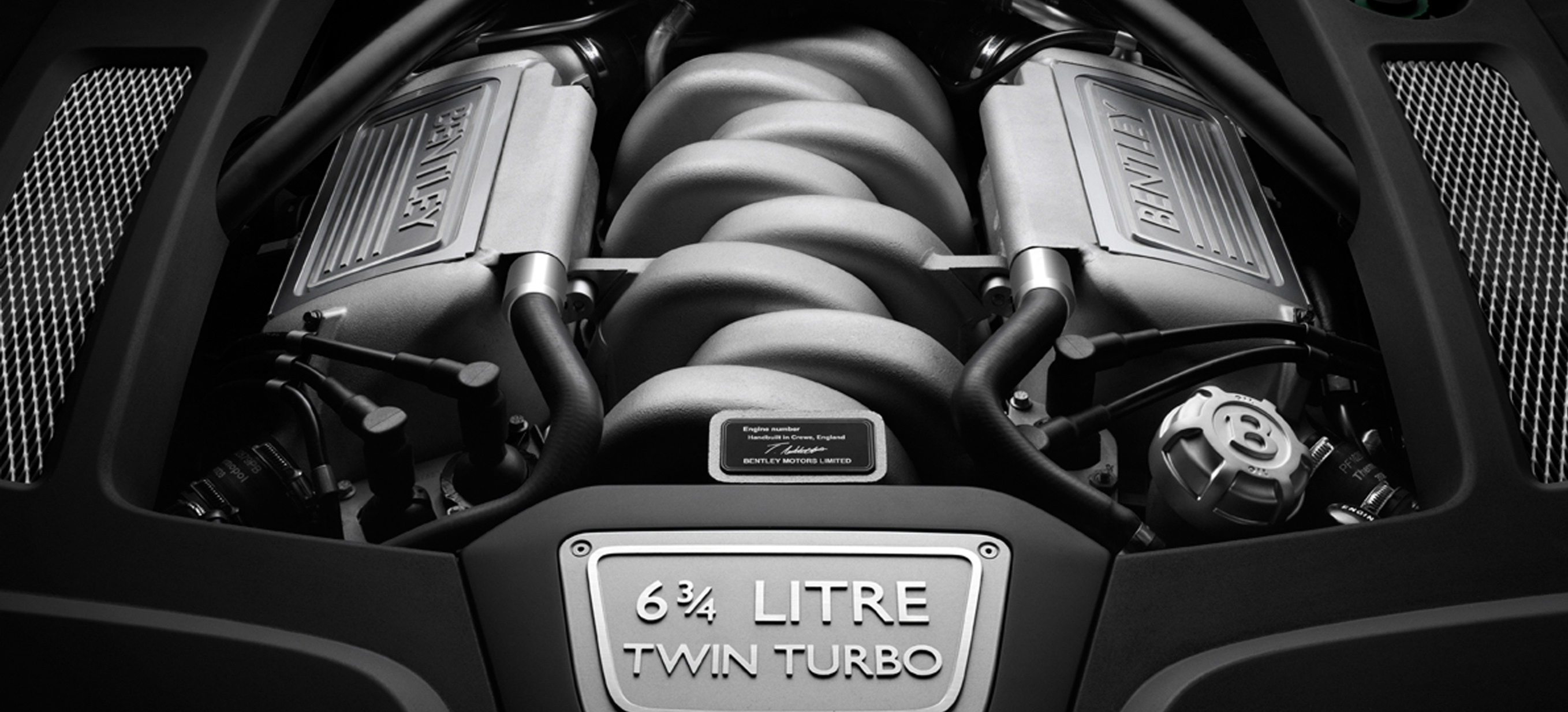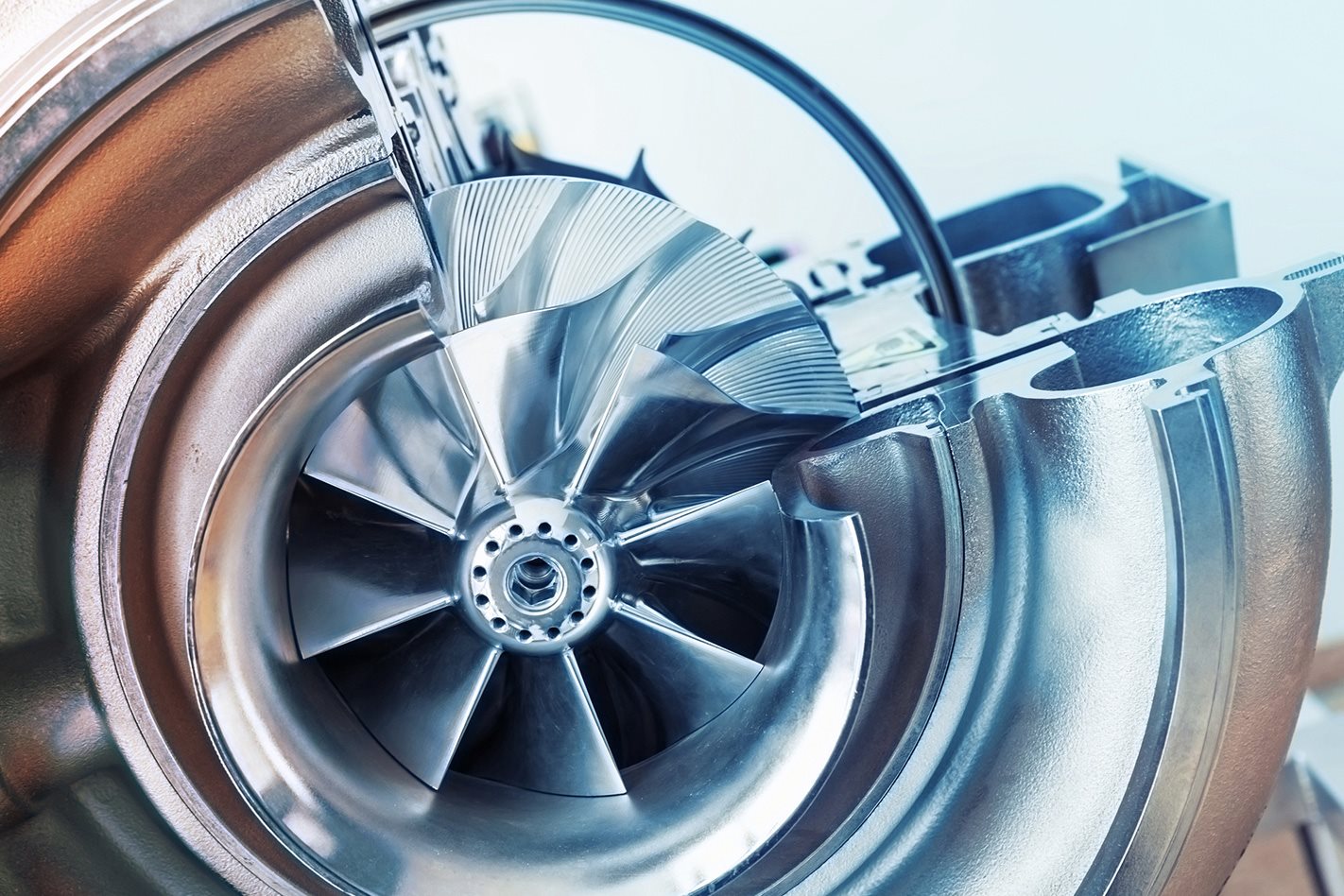
For a while there, every new generation of a particular make or model could be relied upon to boast a bigger engine than the model before. This was down to a few things.
First, buyers expected their new car to be quicker than their old one. And increasing the engine’s capacity was a cheap, effective way of doing just that. But it was also about the only way because as recently as the 1980s, engine technology had pretty much stagnated.

Secondly, the news of a bigger engine promised the anticipation of more performance even before you’d driven the thing; proof of the power of social conditioning: Bigger is better.
The turnaround came in the 80s when the turbocharger (thanks to electronic fuel-injection and engine management) suddenly became viable, and in a flash, you could have a small capacity engine making big capacity power.

These days, the move to ever-increasing efficiency and ever smaller emissions targets means that the hip, groovy engines are now smaller capacity than ever before with turbochargers and other hot-shot high-tech making them perform like big engines.
It’s a natural sort of progression, too; how big was your first mobile phone, for example? Downsizing isn’t always about compromise.
It’s taken buyers a few years to get their heads around the idea of paying extra for a smaller engine, but it’s now the mind-set of the masses and the planet is the better for it.




